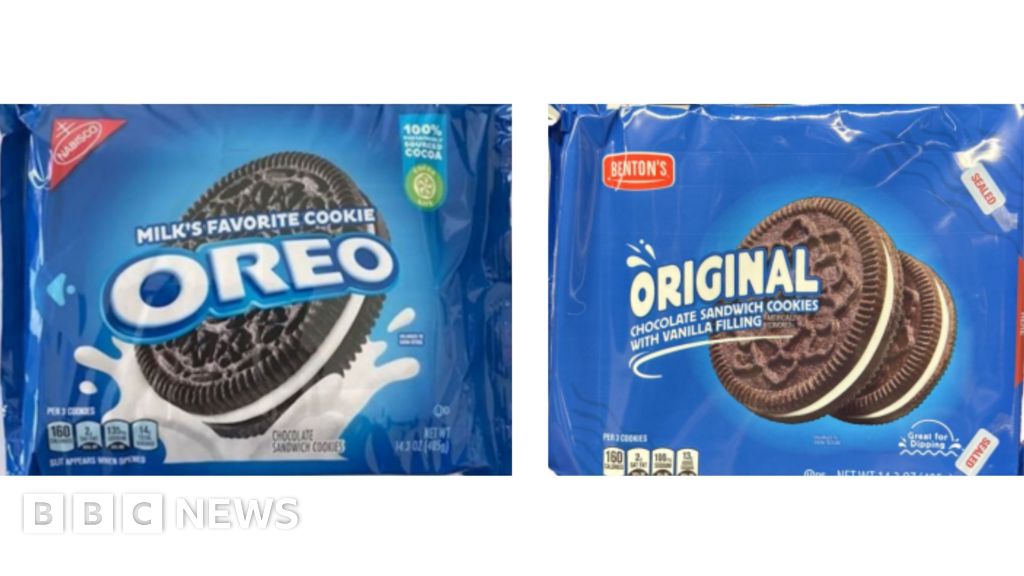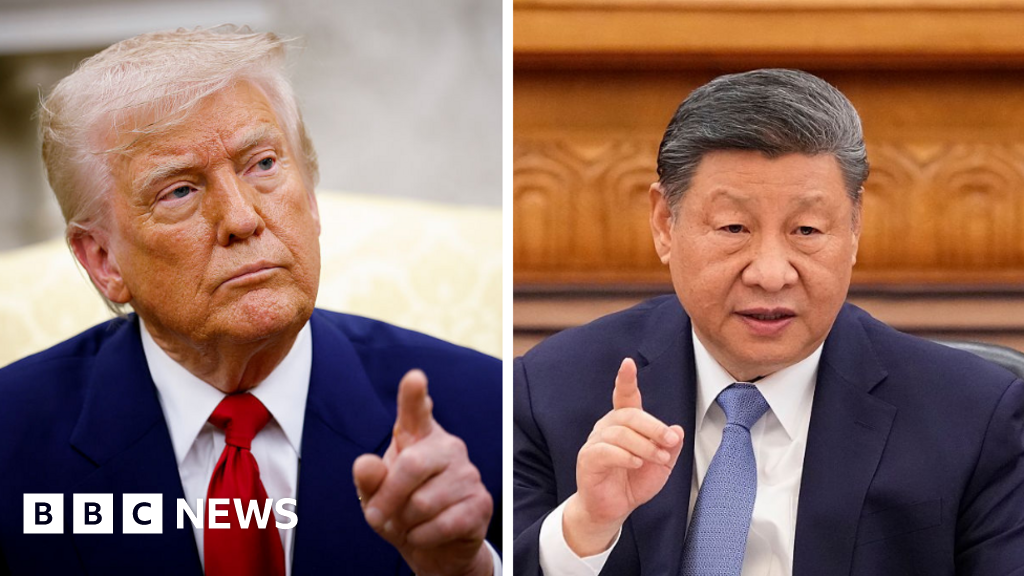133 cardinals will take part in the private voting process—referred to as a conclave—with a two-thirds majority needed to confirm a new Pope.
Here are ten surprising and interesting facts about Papal conclaves.
The longest conclave lasted almost three years
There is no limit as to how long a conclave can last when electing a new Pope. One vote will be held on the first day of voting. If this vote is not decisive, over the next two days, two votes will be held in the morning, and two more in the afternoon.
If a decision still has not been made after three days, a break of up to one day is permitted, allowing for prayer and discussion amongst cardinals. But this process can continue indefinitely, until a majority is reached.
The longest election took place in 1268, when the death of Pope Clement IV led to a conclave of 1,006 days. Political, religious, and family motivations divided the cardinals, preventing a majority, during a time when cardinals were not cut off from the outside world.
This drawn-out conclave led to complete isolation for the cardinals, finally leading to a decision in 1271. Pope Gregory X was elected, and a new format of the conclave was born.
Cardinals will be on a strict diet to prevent secret messaging
In an attempt to influence cardinals and establish communication between the conclave and the outside world, messages have previously been hidden in food coming into the Sistine Chapel during the voting process.
Foods that could conceal messages such as pies and chickens, as well as cutlery and glasses, have been prohibited. Following tradition for the upcoming conclave, nuns will prepare local food such as lamb skewers, spaghetti, and boiled vegetables for cardinals.

Smoke will tell the world when a new Pope has been chosen
After every round of votes, all ballots submitted by cardinals are burned. If a majority has been achieved and a new Pope elected, white smoke will rise from a chimney atop the Sistine Chapel.
If a majority is not met, then the ballot papers will be added to a mixture of potassium perchlorate, anthracene and sulfur to create the black smoke.
A different recipe of potassium chlorate, lactose and chloroform resin will be added to the papers and burned to create white smoke if a Pope has been elected.
On May 2, firefighters were seen installing the special chimney in preparation for the conclave.
The conclave typically draws hundreds of thousands of spectators to Rome
The Italian capital is expected to host hundreds of thousands of visitors who will be eagerly watching the chimney of the Sistine Chapel.
According to Forbes, flight searches to Rome from the U.S. have surged by 345%, with the rate even higher from Mexico, with flight searches up by 1000% between May 5 and 14.
An estimated 250,000-strong crowd was present at the funeral of Pope Francis on April 26.
More than 100,000 people were in estimated to be in attendance for the last conclave, in which Pope Francis was elected in 2013.
The next Pope does not have to be a cardinal
Whilst every Pope over the last few centuries has been a cardinal, it is not a requirement. This is extremely rare however, and the last Pope to be appointed that was not previously a cardinal was Urban VI in 1378.
In fact, it is technically possible for any baptised Catholic male to be appointed as Pope.

“Conclave” originates from Latin
It was the three-year long conclave from 1268-71 that led Pope Gregory X to adjust conclaves in 1274, making the election of a new Pope extremely secretive and free from outside influence.
In 1274, Gregory X declared that for future elections on a new Pope, cardinals should be locked away in seclusion "cum clave," the Latin for "with a key."
Without any political or personal interference, cardinals could focus on their task of electing the next head of the Catholic Church. Over centuries, “cum clave” has evolved into the modern term “conclave.”
The conclave has not always been held at the Sistine Chapel
Although every conclave has been held at the Sistine Chapel since 1878, it was not always the fixed location for cardinals to decide on the next Pope.
The first conclave to be held at the Sistine Chapel was in 1492. But elections were held at various locations before a fixed setting was decided upon. Most were still held within Rome, but 15 have previously taken place outside of the Italian capital.
Some conclaves have even been conducted outside of Italy. The conclave of 1314-16 was held in France, and a century later, the conclave of 1415-17 was held in Germany.
Only Cardinals under the age of 80 participate in the conclave
There are currently 252 cardinals serving in the Catholic Church, but only 135 are eligible to vote in the conclave. This is because a cardinal over 80 is not permitted to participate in the process at the Sistine Chapel.
This restriction came into place in 1970, under Pope Paul VI, who also recommended a maximum of 120 cardinals when electing a new Pope.
For the conclave starting on May 7, 133 cardinals will vote at the Sistine Chapel.
Eligible cardinals can choose not to participate
Despite being 76, Cardinal Angelo Becciu will not be part of the election for the next head of the Catholic Church.
Becciu formally withdrew from the papal conclave on April 29, saying he would not participate “for the good of the Church" and that he will "obey... the will of Pope Francis." This comes after the cardinal was convicted of embezzlement charges in December 2023. He maintains his innocence.
In 2020, Pope Francis ordered Becciu to step down from his role as head of the Vatican’s saint-making office when the allegations came to light. Becciu was also stripped of “his rights connected to the cardinalate."

Papal conclaves have inspired several books and films
Released in 2024, the movie Conclave, based on the 2016 novel of the same name, focuses on the fictional death of a Pope and the subsequent election process. After the passing of Pope Francis on April 21, viewership spiked by 283%.
Conclave received largely positive reviews from religious experts for its largely accurate portrayal of the election process, and also won an Academy Award for Best Adapted Screenplay.
Similarly, The Two Popes—a film released in 2019, which documents the change of Pontiff from Pope Benedict XVI to Pope Francis—saw a sharp rise in viewing of 417%.











 English (US) ·
English (US) ·